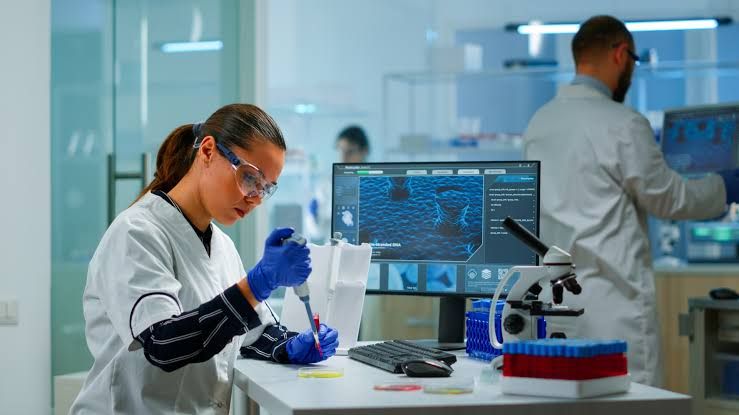
Step 1: Design Primers for the scoC Gene
The first step in PCR amplification is to design specific primers that flank the region of interest within the scoC gene. The primers should ideally be 15-30 nucleotides long, with a GC content of 40-60%. It is important to ensure that the primers do not have significant secondary structures or complementarity to each other to avoid primer-dimer formation.
Step 2: Prepare PCR Reaction Mixture
Once the primers are designed, prepare the PCR reaction mixture. A typical PCR reaction includes:
- Template DNA: This could be genomic DNA or cDNA containing the scoC gene.
- Primers: Add both forward and reverse primers at a final concentration of approximately 0.1–1.0 μM.
- dNTPs: Include deoxynucleotide triphosphates (dATP, dCTP, dGTP, dTTP) at a final concentration of about 200 μM each.
- Buffer: Use a suitable buffer (e.g., GoTaq® Green Buffer) that contains magnesium ions, which are necessary for DNA polymerase activity.
- DNA Polymerase: Add a thermostable DNA polymerase such as Taq polymerase at a concentration of about 1–1.25 units per reaction.
Step 3: Set Up Thermal Cycling Conditions
Place the prepared reaction mixture into a thermal cycler and set the following cycling parameters:
- Denaturation: Heat the mixture to approximately 94°C for 15 seconds to separate the DNA strands.
- Annealing: Lower the temperature to around 50–65°C (depending on primer Tm) for about 15–60 seconds to allow primers to bind to their complementary sequences on the template DNA.
- Extension: Raise the temperature to approximately 72°C for about 1 minute per kilobase of target length (e.g., if amplifying a 1 kb fragment, extend for about 1 minute).
Repeat these steps for about 25-35 cycles.
Step 4: Prepare Agarose Gel for Electrophoresis
After completing the PCR amplification, prepare an agarose gel for analyzing the amplified products:
- Agarose Gel Preparation:
- Weigh out an appropriate amount of agarose (typically between 0.7% and 2% depending on fragment size).
- Mix agarose powder with TAE or TBE buffer in a microwavable flask and heat until fully dissolved.
- Allow it to cool slightly before adding ethidium bromide (EtBr) at a final concentration of approximately 0.5 μg/mL if desired.
- Pour the molten agarose into a gel tray with combs in place and let it solidify.
Step 5: Load Samples onto Gel
Once your gel has solidified:
- Carefully remove the comb from the gel, creating wells.
- Mix your PCR products with loading dye (which adds density and color).
- Load your samples into separate wells along with a molecular weight ladder in one well as a size reference.
Step 6: Run Gel Electrophoresis
Connect your gel box to an electrophoresis power supply:
- Fill the gel box with running buffer until it covers the surface of the gel.
- Run electrophoresis at an appropriate voltage (usually between 80-150 V) until the dye front has migrated an adequate distance down the gel (typically around three-quarters down).
Step 7: Visualize DNA Bands
After running electrophoresis:
- Turn off power and carefully remove the gel from its tray.
- If EtBr was used, visualize under UV light using a gel documentation system; bands will appear as fluorescent bands against a dark background.
- Capture images for analysis.
Step 8: Analyze Results
Using your molecular weight ladder as reference:
- Compare band sizes against known standards to determine if you have successfully amplified your target scoC gene fragment based on expected size.
- Analyze band intensity if quantification is needed; stronger bands indicate higher amounts of amplified product.
By following these steps meticulously, you can effectively amplify and analyze specific regions of genes like scoC using PCR followed by agarose gel electrophoresis.







